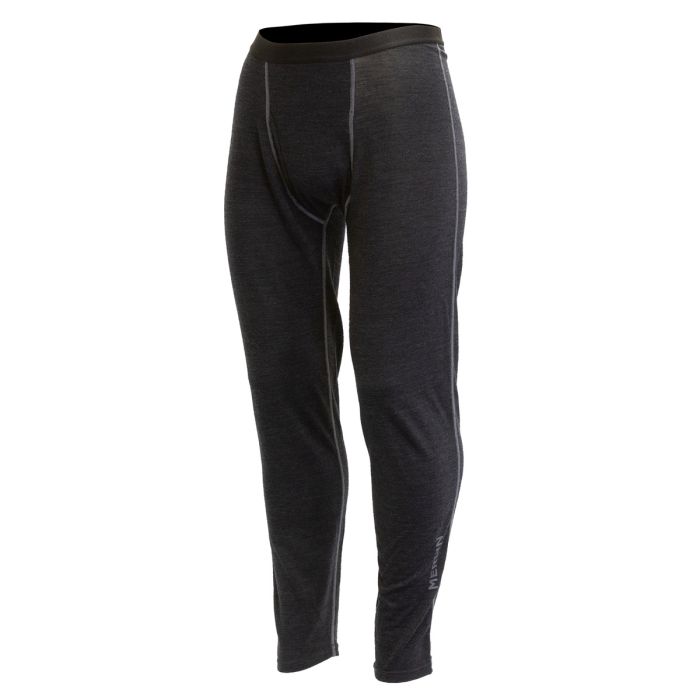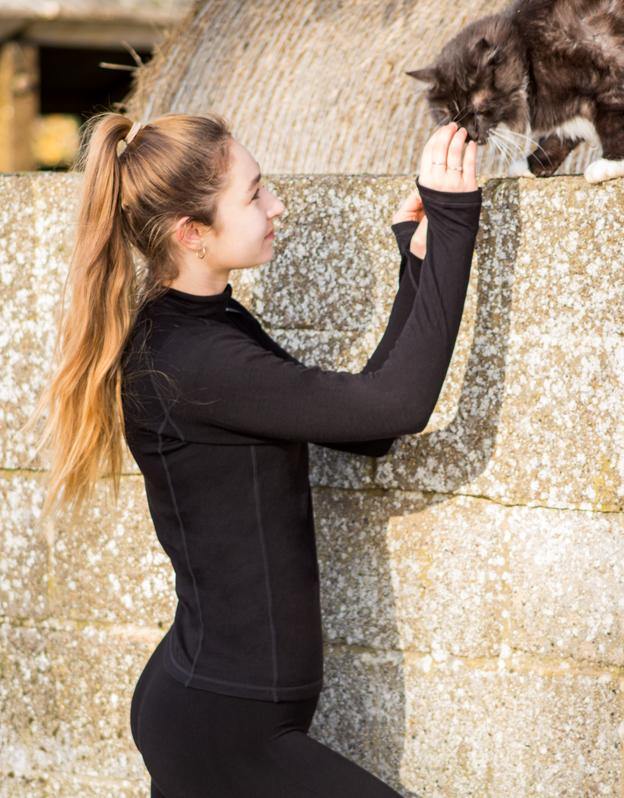Top Bamboo Clothing Site
Wiki Article
Why Is Yak Merino Wool Base Layers Effective For Winter Sports Clothing In Terms Of Natural Fiber Benefits?
The natural fibers and environmental sustainability of Yak Merino Wool Base Layers makes them an excellent option for winter sports clothes.
Both wool from yak and merino are natural fibers that originate from animals (yak and merino sheep, respectively). These are renewable resources that can be harvested sustainably, without hurting animals. They are biodegradable and not cause harm to the natural environment.
Low Environmental Impact
Natural fibers typically have less environmental impact than synthetic fibers. Wool is made with less chemical compounds than synthetic fibers, and requires less energy that is not renewable.
Energy Efficiency-
The process of processing wool fibers requires less energy than the production or synthetic fibers like nylon or polyester. Natural wool manufacturing is energy efficient, which results in lower carbon emissions.
Reduced microplastic pollution
Natural wool fibers aren't able to pollute water bodies with microplastics like synthetic fibers.
Recyclability, Longevity and Durability
Yak wool clothes are generally durable and last a long time and can last for a longer time, which extends their life. Wool fibers can be recycled or reused to decrease consumption and harm to the environmental impact.
Sustainability Practices
Some producers and manufacturers of wool adhere to ethical and sustainable practices that ensure animal welfare as well as responsible land management and fair conditions for those working in the production chain.
Environmental Certification-
Certifications such as the Responsible Wool Standard (RWS) or the Global Organic Textile Standard (GOTS) ensure ethical and environmentally conscious practices in wool production, providing consumers with assurance about the sustainability of wool production.
Base layers made from yak merino are generally environmentally friendly because they come from renewable and natural sources. They also have little environmental impact during production and use ethical and sustainable supply chains. Natural fibers, such as yak wool merino, are an excellent option for winter sports clothing that supports responsible consumption and environmentally friendly practices. Read the top merino wool base layers examples for site examples including merino wool thermal underwear, merino wool leggings women's, smartwool 150 base layer, best merino wool base layer, heavyweight merino wool base layer, wool base layer womens, merino base layer mens, merino wool base layer pant, smartwool long underwear, merino wool base layer sale and more.

What Are The Benefits Of Wearing Winter Outdoor Clothing Composed Of Bamboo? Or Comfort, Sustainability And Safety?
Sustainability, comfort and protection are just three of the numerous benefits bamboo clothing offers for outdoor winter clothing.
Softness - Bamboo fabric has a smooth and soft texture that is soft on the skin. Bamboo fabric is frequently compared to silk or cashmere for its luxurious look.
Bamboo fibers are wicking in moisture that draw moisture away and keeps the wearer dry and comfortable while they're engaged in physical activities.
Thermal Regulation- Bamboo clothing has natural temperature-regulating properties, providing warmth in winter while remaining breathable to prevent overheating.
Sustainability-
Bamboo is highly renewable and is able to grow very quickly, without pesticides. Bamboo is a plant that regenerates quickly, making it a green choice.
Low environmental impact- Bamboo cultivation typically uses less water compared to conventional cotton farming and doesn't diminish soil nutrients. Bamboo absorbs and releases more CO2 than other plants.
Protection for Outdoor Wear-
UV Protection Bamboo fabric, with its UV-resistant qualities, can provide a natural defense from harmful UV-rays.
Bamboo is an natural antimicrobial known as "bambookun," and it helps to inhibit the growth bacteria which cause smell. This keeps clothes fresher for a longer amount of time, particularly when doing outdoors activities.
Other Benefits
Bamboo fibres are tough and durable. They can be used for outdoor clothing that is susceptible to abuse.
Biodegradability. Bamboo clothes are biodegradable. They are able to decompose naturally at their end of their life, thus reducing their impact on the environment.
In winter outdoor clothing, bamboo fabric offers an array of thermal control, comfort and moisture management as well as sustainability, which makes it an attractive choice for those seeking eco-friendly and performance-oriented clothes. Take a look at the top rated bamboo clothing for more examples including carter's bamboo pajamas, bamboo athletic wear, bamboo t shirts mens, bamboo athletic wear, freefly hoodie, bamboo sweater, bamboo pants for women, preemie bamboo pajamas, bamboo maternity, bamboo hawaiian shirts and more.

How Does Merino Layering And Bamboo Clothes Compare With Regular Wool?
Merino wool layers, bamboo clothing and regular wool have distinct features that set them apart- Merino Wool-
Softness Merino is renowned for its fine soft fibers that make it comfortable to wear. It's less likely to cause irritation or itching when compared with traditional wool.
Merino wool is great at absorption of moisture, allowing it to evaporate. The wearer is comfortably cool.
Insulation- Merino wool offers exceptional warmth, even when wet. It regulates your body's temperature, providing warmth in cold temperatures as well as the ability to breathe when you exercise.
Odor Resistance- It naturally prevents the growth of bacteria responsible for odor, keeping garments fresh even when worn for a long time.
Bamboo Clothing-
Softness Bamboo clothing is soft, silky feel that is frequently compared to cashmere or silk. It's a gentle material that provides a comfortable wearing experience.
Bamboo fabric is a moisture wicker that means it wicks away moisture from your skin while keeping your body dry during exercise.
Temperature Regulation- Bamboo clothing has natural temperature-regulating abilities, offering warmth in winter and breathability to prevent overheating.
Sustainability - Bamboo is an extremely renewable resource that can grow rapidly, without the use of pesticides. It is biodegradable.
Regular Wool-
Texture. Traditional wool comes in a range of textures. Some are rougher, and can cause irritation or itching.
Warmth- Regular wool is an excellent insulation and warmth however, it can feel bulky or heavy.
Absorption of moisture - Wool may absorb water, which makes it less effective at wicking moisture as bamboo and merino. It is still warm even when damp.
Summary: Merino Wool is soft and odor resistant. It also provides excellent moisture wicking. Bamboo clothing has a luxurious texture, moisture-wicking properties temperatures regulation, and sustainable. Regular wool differs in texture and might not provide the same softness or moisture-wicking capabilities as bamboo or merino however it offers insulation and warmth. Each material has its own unique advantages, and caters to various tastes and needs in winter wear. Check out the most popular read review about merino winter clothing for website tips including heavyweight merino wool base layer, best layers for skiing, merino wool layers, smartwool 250 women's, wool undershirt women's, mens wool long johns, smartwool long sleeve shirt, warmest base layer for skiing, smartwool 250 base layer, wool long underwear women's and more.
